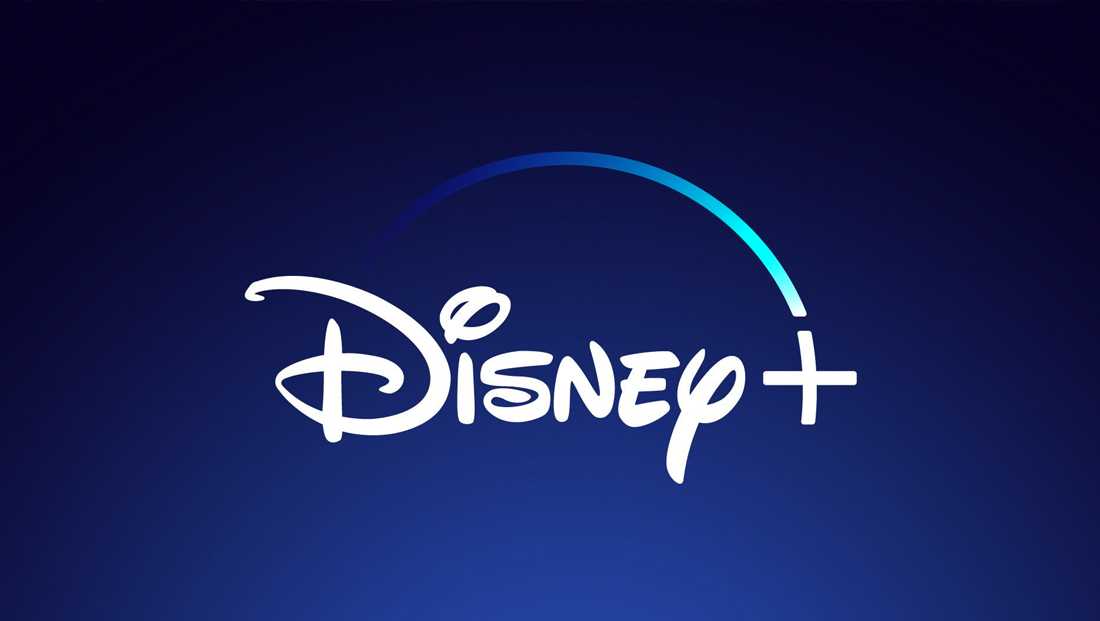Disney Streaming passes Netflix in total subscriber count across Disney+, Hulu and ESPN+
By MixDex Article may include affiliate links

Disney’s streaming results were a bit of a mixed bag — on one hand, the division managed to grow in the second quarter of 2022 — but it’s still not profitable.
Disney Streaming announced that combined its Disney+, Hulu and ESPN+ added 16.5 million subscribers during the quarter. That means it’s up to 221 million worldwide.
Prior to that announcement, Netflix was known as the global streaming leader — with about 220 million subscribers.
That said, Disney’s figures combine three distinct services, including the bundling of them, so it’s arguably a bit more like comparing green apples to red apples.
Flagship Disney+ sits at a respectable 152.1 million, making it formidable on its own. However, only about 100,000 subscribers were added in the U.S. — with global markets representing the bulk of its 31% uptick.
Hulu did much better, adding 600,000 in the U.S. to reach around 42.2 million globally. However, the Hulu + Live TV service saw a loss of 100,000 to hit around 4 million.
ESPN+ posted 500,000 new signups placing it at 22.8 million subscribers, another respectful figure, especially given its limited content.
However, Disney’s streaming business still posted a loss of over $1 billion, mainly due to the cost of producing and licensing content.
In an attempt to turn around its fortunes, Disney+ previously announced a price increase of $3 a month for its base plan for viewers who don’t want to watch ads. It will continue to offer a plan at the $7.99 rate it had been using with ad breaks.
Subscribers who have the “Disney Bundle” which includes Disney+, ESPN+ and ad-free Hulu, will continue to pay the same price as now — $19.99. Disney appears hot on the idea of bundling and is adding two Disney+ and Hulu options.
The first is $9.99 and includes ads while the second will be priced at $12.99 with no ads. These bundles could be appealing to families and other subscribers who aren’t interested in the rather limited sports content ESPN+ offers.
Disney+ entered the streaming market in 2019 and had a relatively lower price point compared to other streamers — especially considering the library of mostly highly-sought after content. In some ways, it appeared Disney was using its deep pockets to try to lure subscribers in with a low price.
However, as streamers have continued to invest billions in original content and licensing deals, cost increase announcements have become almost an expected occurrence at least every year or so.
Netflix, which recently started posting subscriber losses for the first time in years, has announced two strategies to hedge those defections: A crackdown on password sharing (little specifics have been offered) and offering a lower-priced ad-supported plan.
NBCUniversal’s Peacock, which was launched after Disney+, entered the market with a free tier supported by ads and access only to limited content, but subscribers could upgrade to unlock the whole library or remove ads.
Warner Bros. Discovery’s recent short-lived CNN+ service also put a mark on the streaming services, especially niche ones that require monthly payments. All of the major “big three” networks offer free news streaming services and MSNBC contributes content to various tiers of Peacock.
CNN invested millions in CNN+ only to have it shut down after less than a month, representing what is likely to be one of the highest profile business flops of 2022.
Streaming is appealing to media companies because it allows them to feed content directly to consumers. They don’t have to go through pay TV provider negotiations and can also gain direct access to consumer insights and data trends. If applicable, they typically get to keep all the ad revenue they sell.
Meanwhile, WBD is also planning to merge HBO Max and Discovery+ starting later in 2022, a move that will create larger breadth of content and hopefully make it easier to market a single streamer than two separate ones.
Consumers appear to be showing signs of weariness over “yet another streaming service” when it sometimes feels like some company or another is tacking on a “+” symbol to their name and offering a streaming video on demand service every few weeks.
Popular Searches
- TV Industry News
- Broadcast Engineering News
- Broadcast Design News
- TV Talk Shows
- TV Syndication
- TV Advertising
- TV News Jobs
- TV Industry Mergers and Acquisitions
- TV Anchors
- Cable News
- Late Night TV
- TV Syndication News
- Broadcast Industry News
- TV News Drone Journalism
- TV News Augmented Reality
- TV Weather Forecasting
- TV News Journalism
- TV News Ethics
- OTT News
- News About NBC
- News About CBS
- News About ABC
- News About CNN
- News About MSNBC
- News About Fox News

